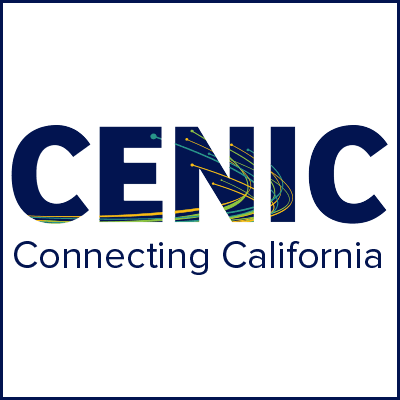- About
- Network
- Community
- Initiatives
- News
- Events
- Blog
- Publications

CPUC Enters Phase 3 of California Teleconnect Fund Audit
Categories University of California K-12 Libraries RENS & NRENS
On July 23, 2015, the California Public Utilities Commission (CPUC) adopted Decision 15-07-007 resolving Phase 1 and 2 issues regarding the California Teleconnect Fund (CTF) Audit. This Decision adopts a variety of changes to all aspects of the program, which will impact all eligible entities, including changes to the list of eligible entities. Now that Phases 1 and 2 are completed, Phase 3 will commence with a Prehearing Conference (date still to be determined) that will address implementation and administration issues. Phase 3 will also take a look at development of annual submittals from providers; documentation required for a cost allocation process; a budget cap for Health Care community-based organizations; and, consideration of how to separate an internet access service that is used for both administrative purposes and direct access to clients. This memo provides an overview of how these changes impact the various segments served by CENIC.
New Program Goals
Advance universal service by providing discounted rates to qualifying schools, maintaining pre-school, kindergarten or any of the grades 1 to 12, inclusive, community colleges, libraries, hospitals, health clinics and community organizations.
Bring every Californian direct access to advanced communications services in their local communities;
Ensure high-speed internet connectivity for community CTF-eligible institutions at reasonable rates; and
Increase direct access to high-speed internet in communities with lower rates of internet adoption and greater financial need.
Eligible Entities
No changes to the eligibility for public schools and libraries were adopted. Community Colleges are still eligible, and their budgetary cap in the CTF program has been removed. By April 1 of each year, Community Colleges will need to provide estimated “central expenditures” for the upcoming budget year, plus one, to the CPUC Communications Division staff. “Central expenditures” is defined as those expenditures made by the Chancellor’s Office on behalf of community colleges.
Significant new requirements were placed on community-based organizations (CBOs) in order for them to be eligible for the CTF program. The most significant is that CBOs, except for 2-1-1 CBOs or the new Health Care/Health Services CBOs must have revenues less than $5 million. Larger CBOs with small individual offices or chapters may apply for their local individual organization as long as they operate below the $5 million revenue cap. CBOs will also need to recertify for the CTF program every three years.
Eligible Services
The CTF has adopted the Universal Services Administrative Company’s E-rate definitions and list of services for Digital Transmission Services, Internet Access and Wireless Access, with certain exceptions, and will continue to support telephone service (including VoIP). CTF will now cover dark fiber lease services. Beginning October 1, 2015, discounts for wireless data plans and air cards will only be allowable if their entity can demonstrate that it is the most cost-effective means of internet access. The list of eligible services will be updated annually via administrative letter by the Communications Division. For a complete list of eligible services, please click here and see page 83.
Discount Structure
The CTF discount will remain at 50% of an eligible services cost, except for telephone service/voice. Beginning on July 1, 2016, the CTF discount for telephone service/voice will drop to 25%. In Phase 3, a process will be developed for schools, libraries, government-owned and operated health facilities, and Critical Access Hospitals, in areas classified as unserved or underserved by broadband, to seek an exemption from the reduced support for voice. Additionally, for E-rate schools, the CTF discount amount shall be no higher than their federal E-rate subsidy. For example, if a school has a 40% E-rate discount level, their CTF discount will also be 40%.
Related blog posts
CENIC and San Diego Supercomputer Center Create Sustainable Agriculture for California’s Future
CENIC’s networking and services, including CENIC AIR, can be a vital part of preparing new generations of farmers that will apply the latest technology to agriculture by turning the farm into an educational setting and improving the efficiency of farming as a career.
CENIC Members Enable Data-Driven Agriculture: Optimizing Harvests in a Changing Environment
The use of technology in agriculture to increase yield and decrease resources is the focus of an innovative project fueled by CENIC and its collaborative partners: a novel model of precision agriculture in the vineyards.


